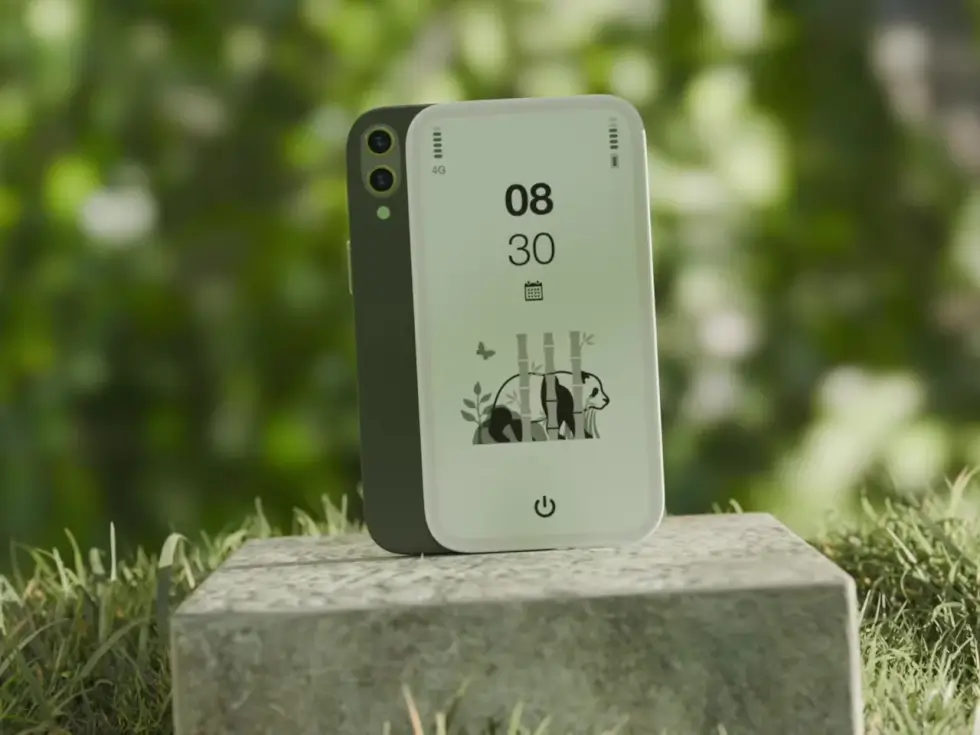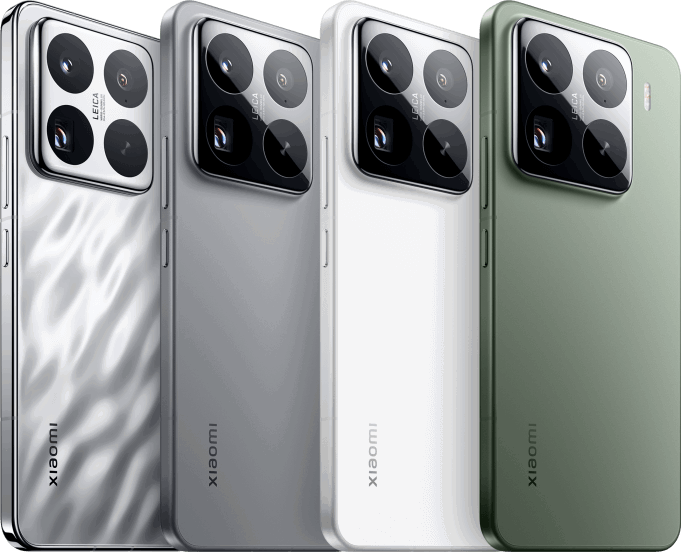From Issue Seven of Gear Patrol Magazine.
The Museum of Modern Art (MoMA), austere yet inconspicuous, sits between Fifth and Sixth Avenue on 53rd Street in Manhattan. Since its 1929 opening, it has been the global zenith of contemporary art, architecture and design. Millions of visitors walk through its doors every year to lay eyes on the iconic works on permanent display — Dalí’s The Persistence of Memory, van Gogh’s The Starry Night. Picasso, Warhol and Monet, too, have art hanging on its walls.
Perhaps lesser known is the museum’s retail operation, which has been active for those nearly ninety years. It started off with small trinkets and souvenirs, such as postcards and exhibition catalogs, in the museum’s lobby, but its present incarnation, the MoMA Design Store, really took shape in the early 1980s. That’s when it started selling a vast array of high-concept furniture, tableware, jewelry and travel accessories, all of which share one thing in common: excellent design.
Grasping the scope of these products can be overwhelming. Today, the store sells everything from abstract lighting fixtures and Jeff Koons dinnerware to inflatable sailboats, Andy Warhol prints and statement-making furniture — and that’s just scratching the surface. The important thing to note is that every single product the store sells has been vetted by the museum’s curators.
Each season, the Design Store’s team of buyers scouts the world. They visit global trade shows, exhibitions and workshops. They speak to designers and scour crowdfunding sites like Kickstarter and Indiegogo. Then they return, like pollen-saturated bees, to have their pitches rigorously reviewed and maybe approved. The products that get the green light are the ones that support the mission of the MoMA Design Store: to make good design available to as many people as possible and to expose the public to objects and ideas they didn’t know existed.
“We really want to create a sense of discovery. Some people may think it’s just a museum store but it’s much more than that,” says Emmanuel Plat, the Director of Merchandising at MoMA. The store is an extension of the museum, not necessarily in what you can buy there, but in the fact that every object in the shop features truly museum-quality design. “We offer some of these objects for museum visitors. But our role also is to really bring to our clients what’s new and what’s happening in the world of design and consumer products.”
The products that get the green light are the ones that support the mission of the MoMA Design Store: to make good design available to as many people as possible.
Over the years, the Design Store has helped launch a number of products (and companies), such as the Lumio Book Lamp, Devialet’s futuristic-looking Phantom Speaker and the Impossible Project I-1 instant camera. To have a product featured in the MoMA Design Store is a large feather in any designer’s cap, an honor akin to having Guy Fieri give your khao soi two thumbs up.
“The visibility and buzz vendors get premiering products at the MoMA Design Store is quite remarkable,” Plat explains. “As part of our mission to make good design available to as many people as possible and remain at the forefront of the latest consumer products, we’re proud to have become one of the most sought-after venues in North America to launch new products.”
Once the curators approve a product, there’s no guarantee that the Design Store will feature it for long. Many products are one-season wonders, lasting little more than a couple months before they’re sent back into the ether. Plat estimates that new products make up roughly 60 percent of available products. The cornerstone of the catalog consists of perennial best-sellers, such as the Sky Umbrella and the Satellite Bowl, which the MoMA Design Store has been selling since 1992 and 1999, respectively.
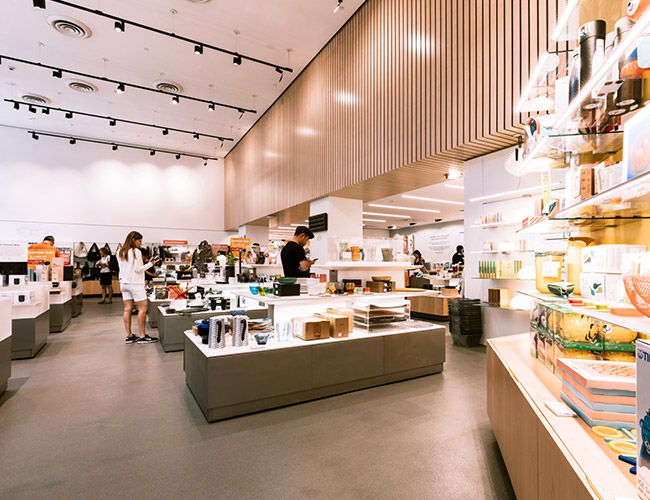
Photo: Chase Pellerin
Today, the MoMA Design Store has three brick-and-mortar locations in New York — two adjacent to the museum in Midtown (one is in the museum) and one in Soho — along with a couple locations in Japan. They’ve opened pop-up shops in select cities, too, most recently in Paris at the Fondation Louis Vuitton and in Melbourne at the National Gallery of Victoria. For the rest of the world, the store has a thriving e-commerce site — you can order anything in the current collection with a click of your mouse. Just like on Amazon.
E-commerce is one of MoMA Design Store’s fastest growing channels. “It enables us to reach customers all over the world that may have never come to MoMA,” Plat says. Still, plenty of foot traffic passes through their New York locations. The museum has three million visitors each year, half of whom visit their brick-and-mortar shops. Also, anybody in New York can walk into any one of their shops. No need to pay the museum’s $25 entrance fee. In that way, the MoMA Design Store has succeeded in its mission to democratize good design and bring it to the masses.
HAY Sonos One Speaker
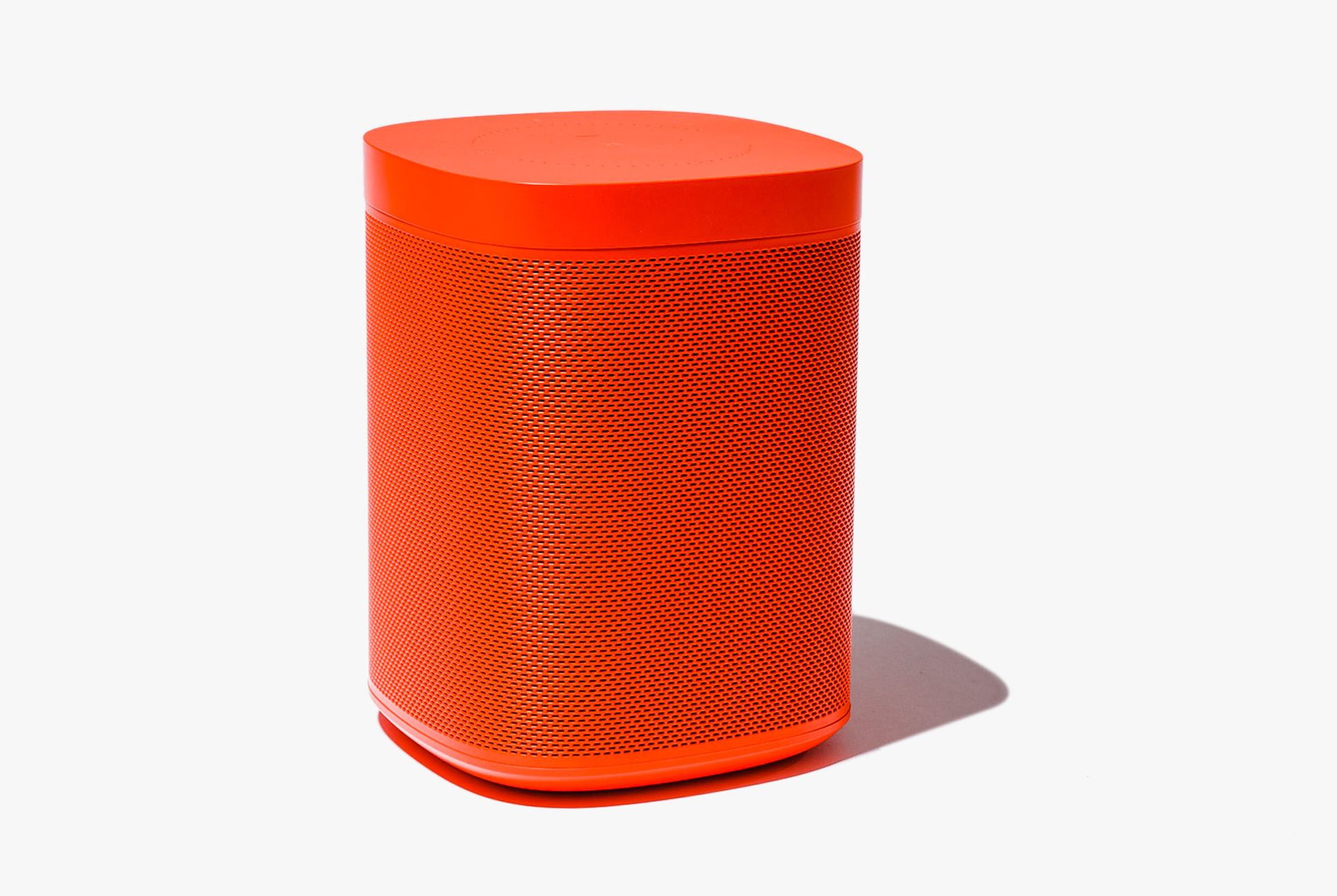
Until recently, your options for the Sonos One were white or black. At the MoMA Design Store you’ll find a vibrant color palette — a collaboration between Sonos and the Danish design brand HAY. The sound quality and Alexa-capability of the speaker is the same.
Native Union x La Boite PR/01 Concept Speaker
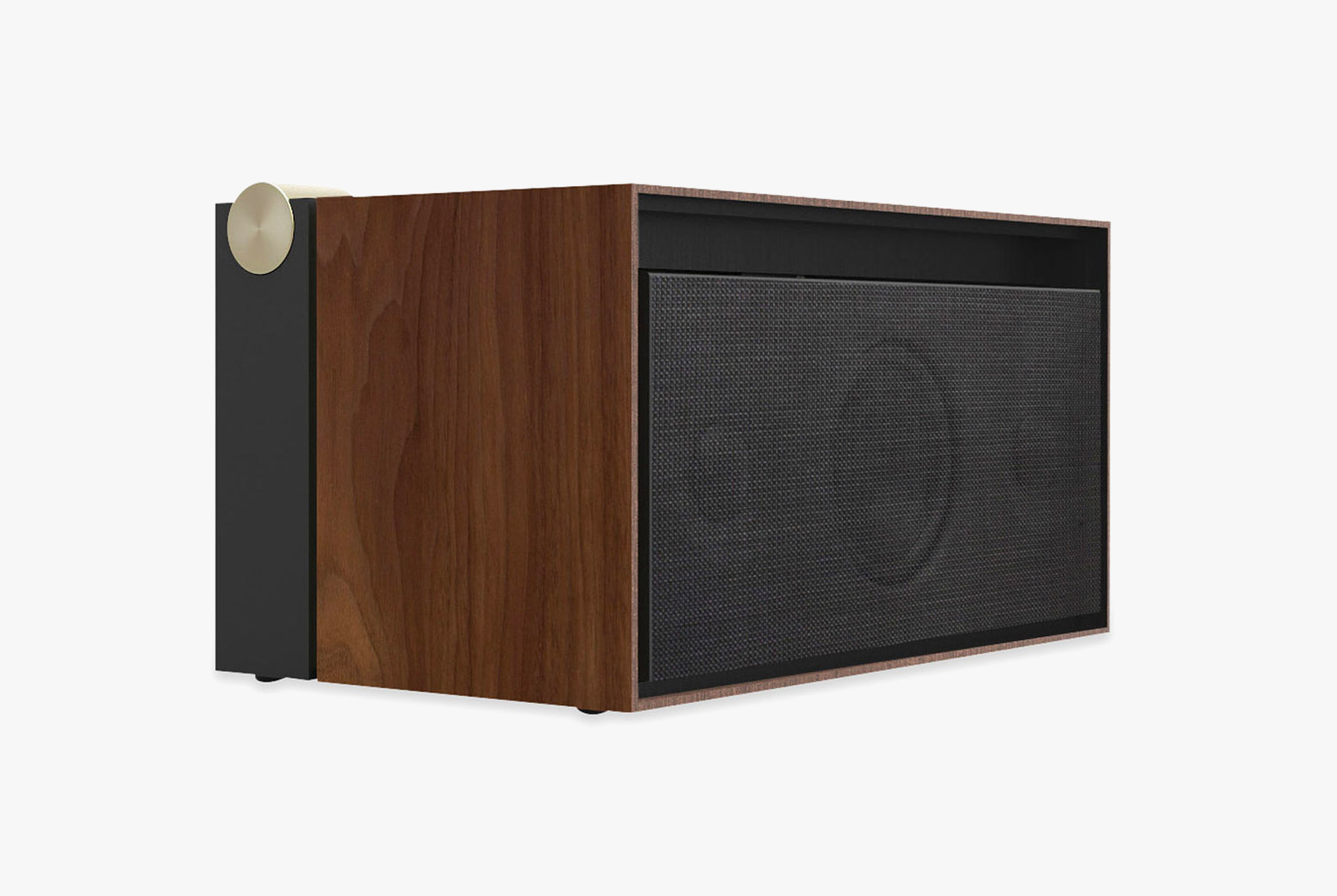
The PR/01 Bluetooth speaker is a joint effort between Native Union and the high-end French acoustics company La Boite concept. Aside from functioning as a hi-fi speaker, it has a secret drawer that stores a number of built-in USB and audio ports. It also features a wireless charger — just place your iPhone X on top of the speaker to charge.
Sevenhugs Smart Remote
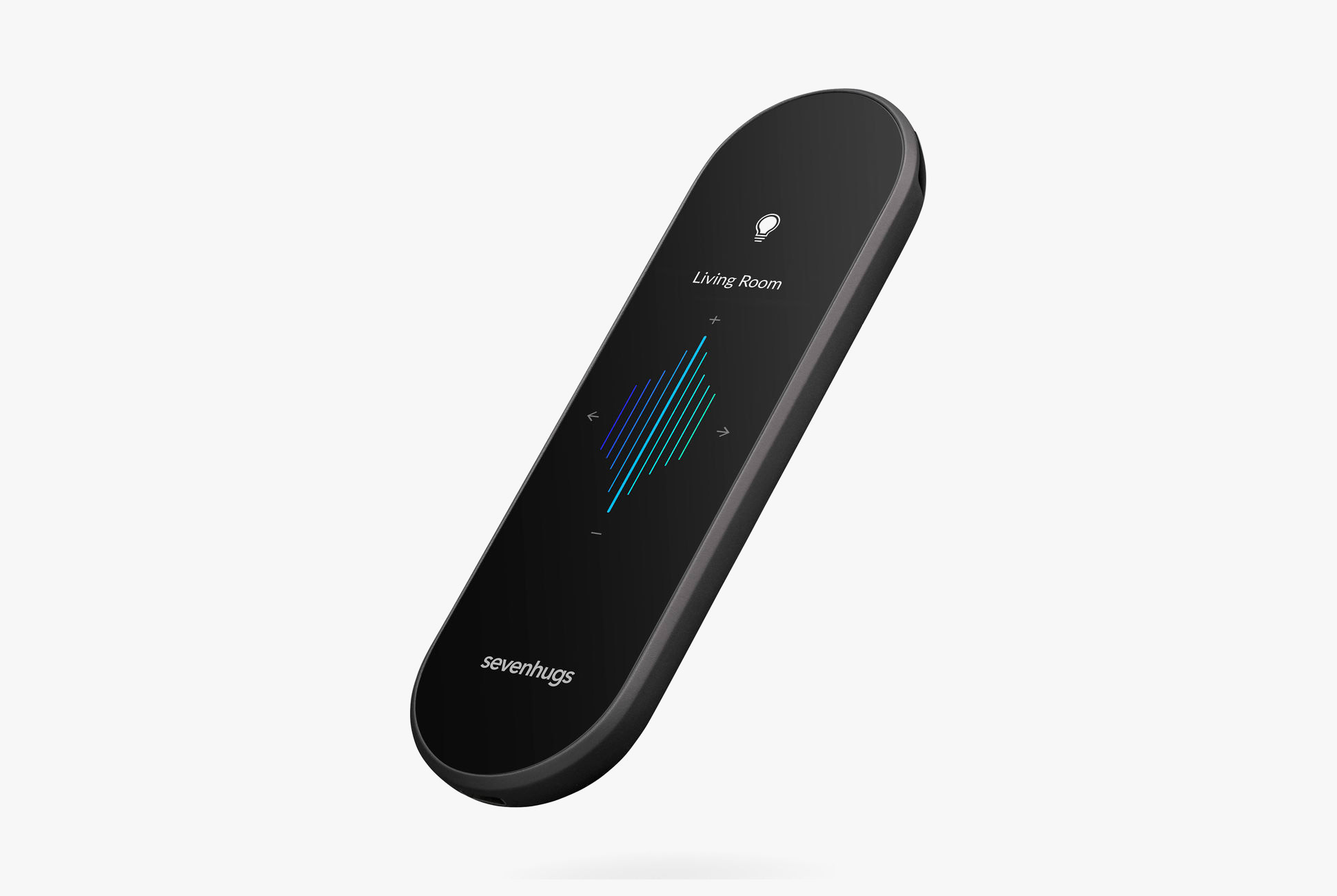
What if you could control your TV, Sonos speakers and Philips Hue lights (plus thousands of other devices) with one universal remote? That’s the promise of the Sevenhugs Smart Remote.
Lexon Mino Speakers
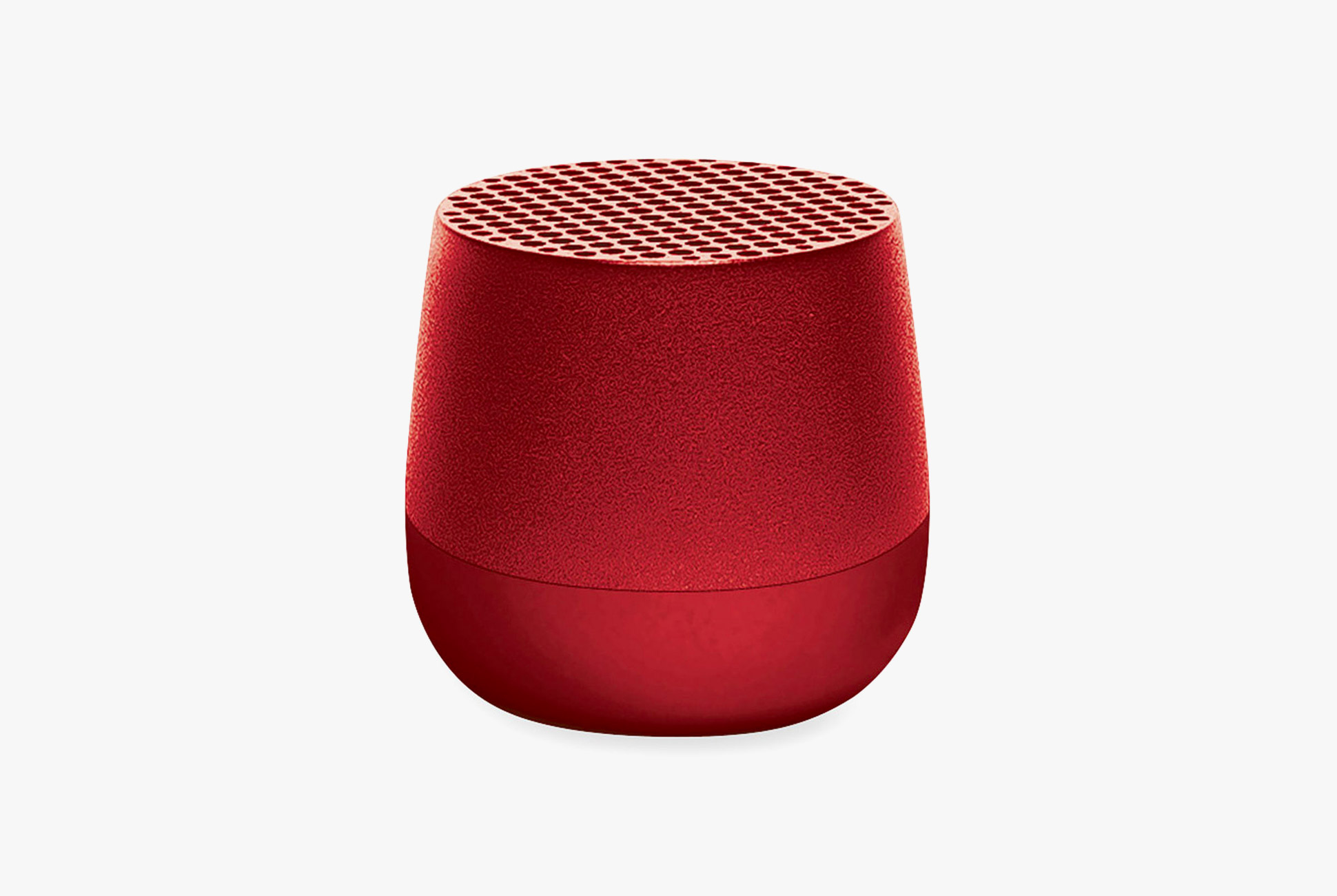
Made by Lexon, a French accessories company, these tiny Bluetooth speakers are smaller than a pepper shaker and come in a swath of energetic colors. Each has an integrated microphone that lets users answer calls. You can also use it as a selfie remote button. Strange but neat.
George Nelson Star Clock
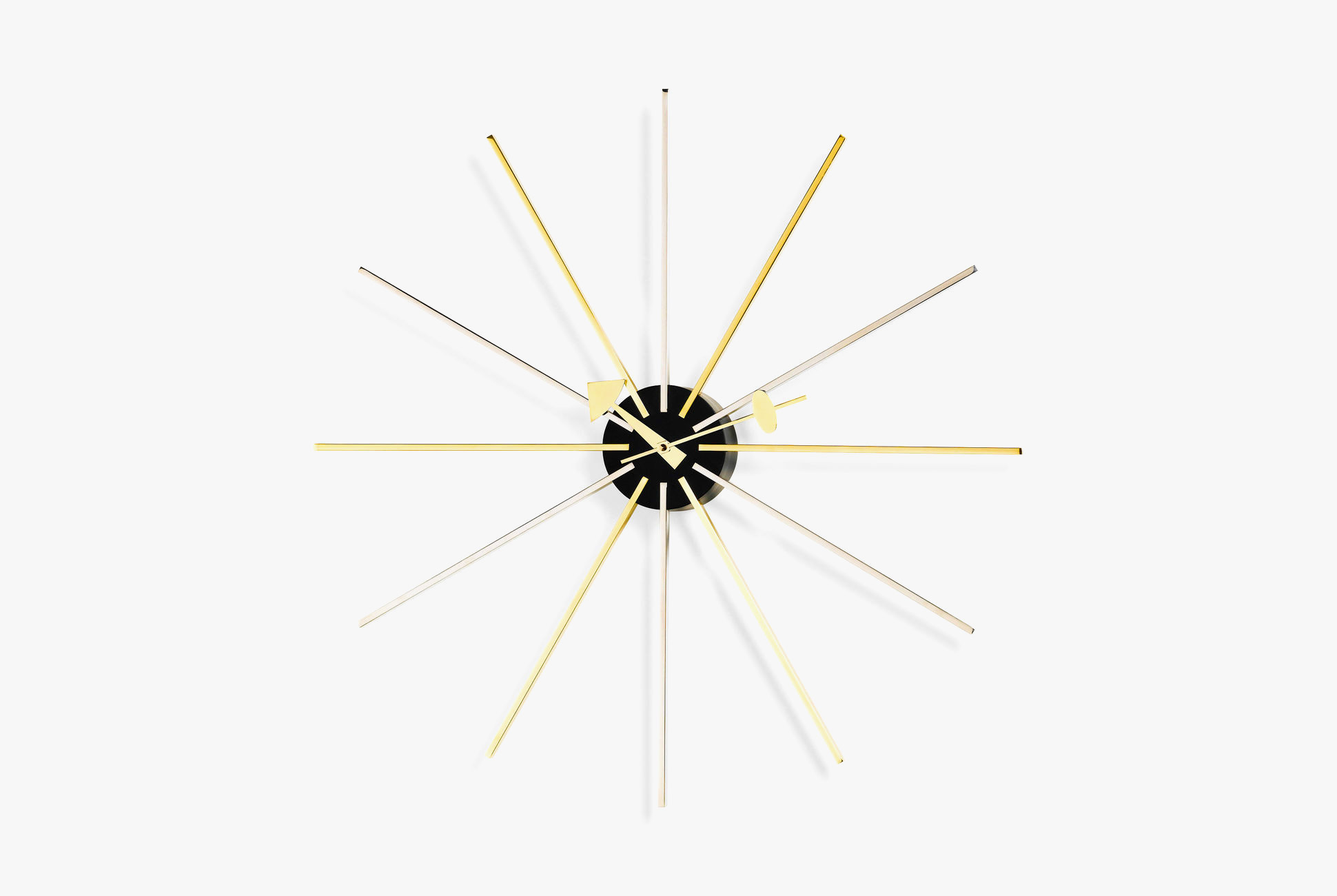
George Nelson’s iconic clock, according to the MoMA Design Store, showcases “the eternal appeal of 1950s decor.” Its slim bristles, or rays of light, are made of mixed metals that alternate between chrome and brass.
Roland Kiyola Piano
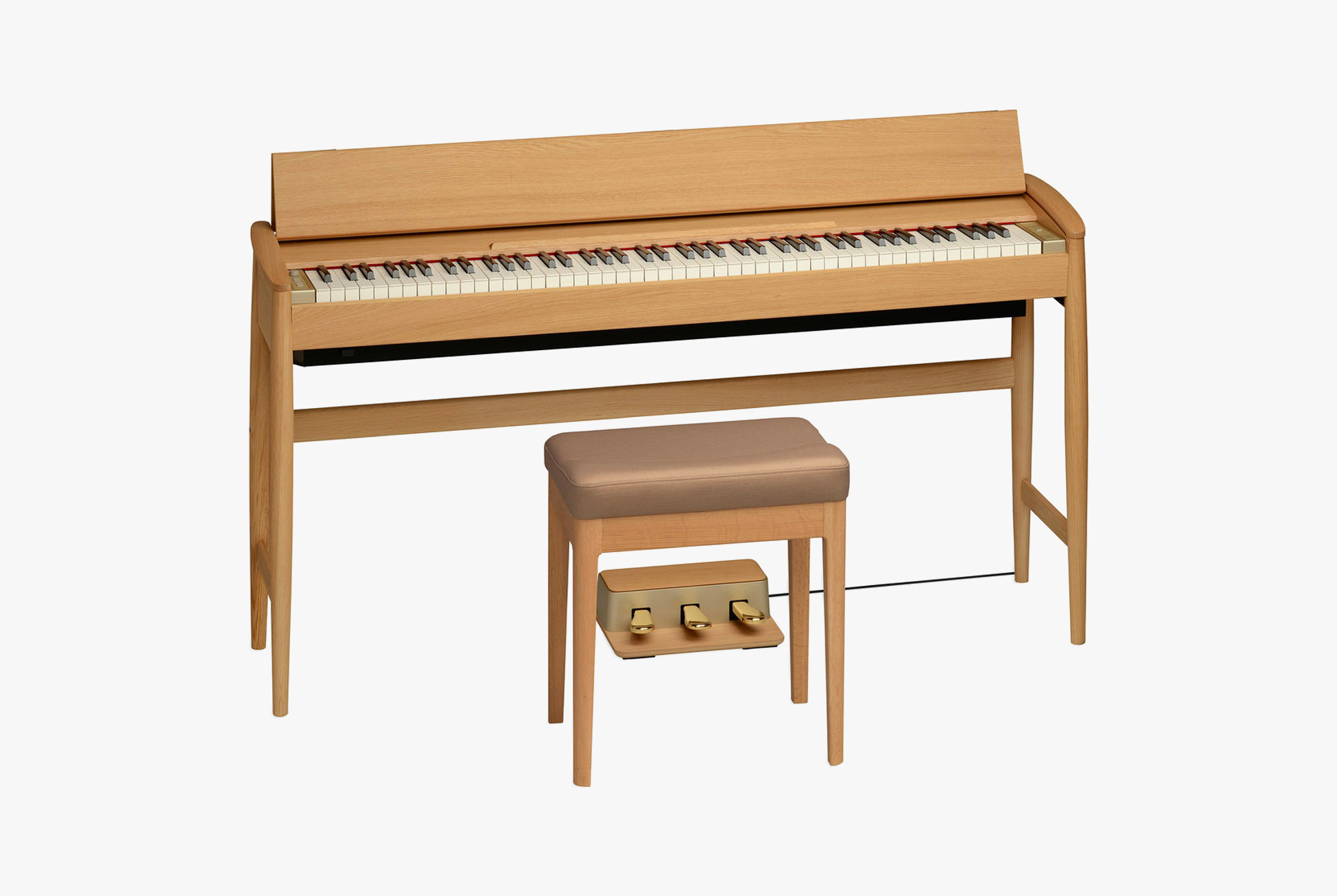
This digital piano is a collaboration with Karimoku, Japan’s revered wood-furniture maker, and features Roland’s piano modeling technology so it feels and sounds like an acoustic piano. It’s minimalist and environmentally friendly, too.


